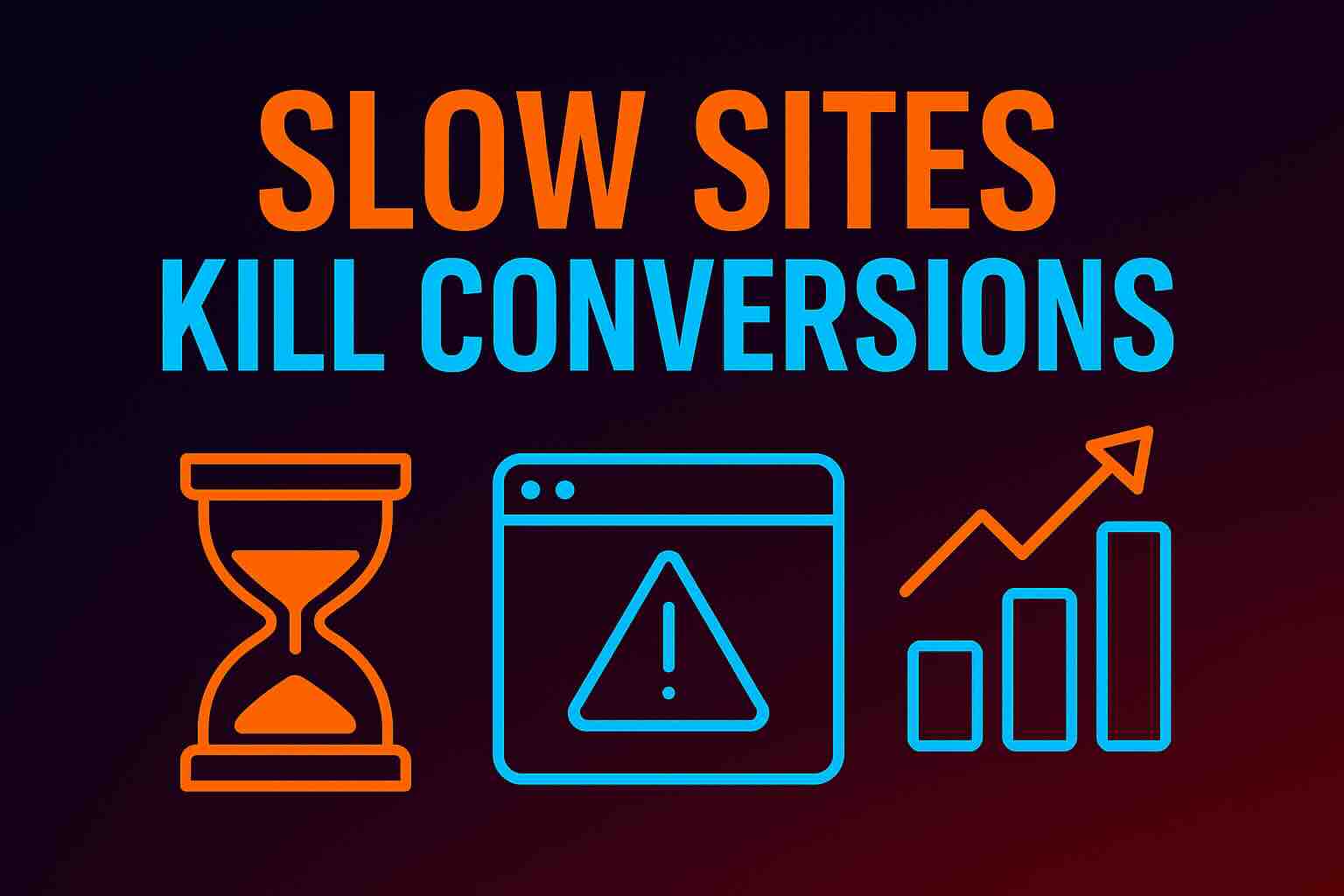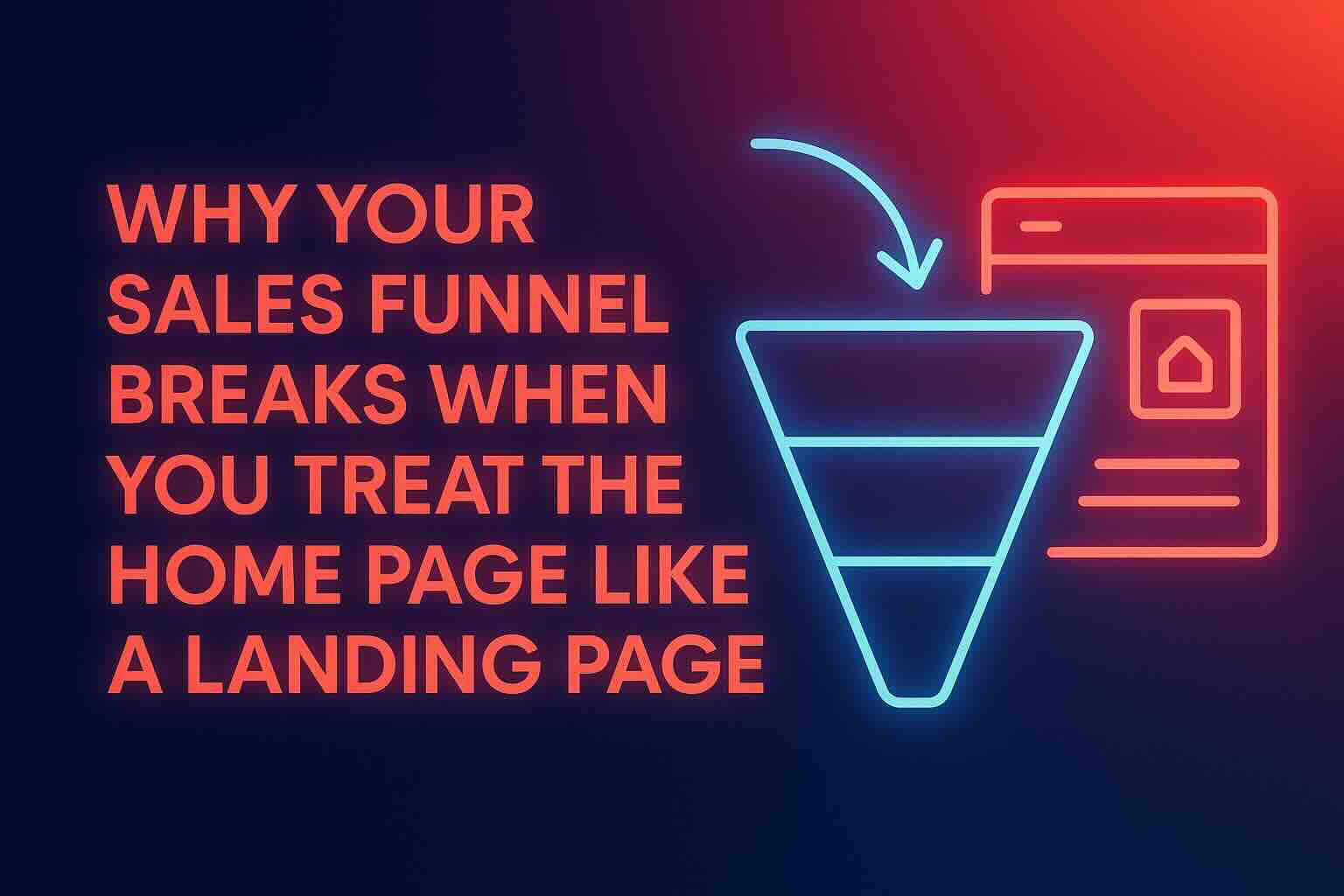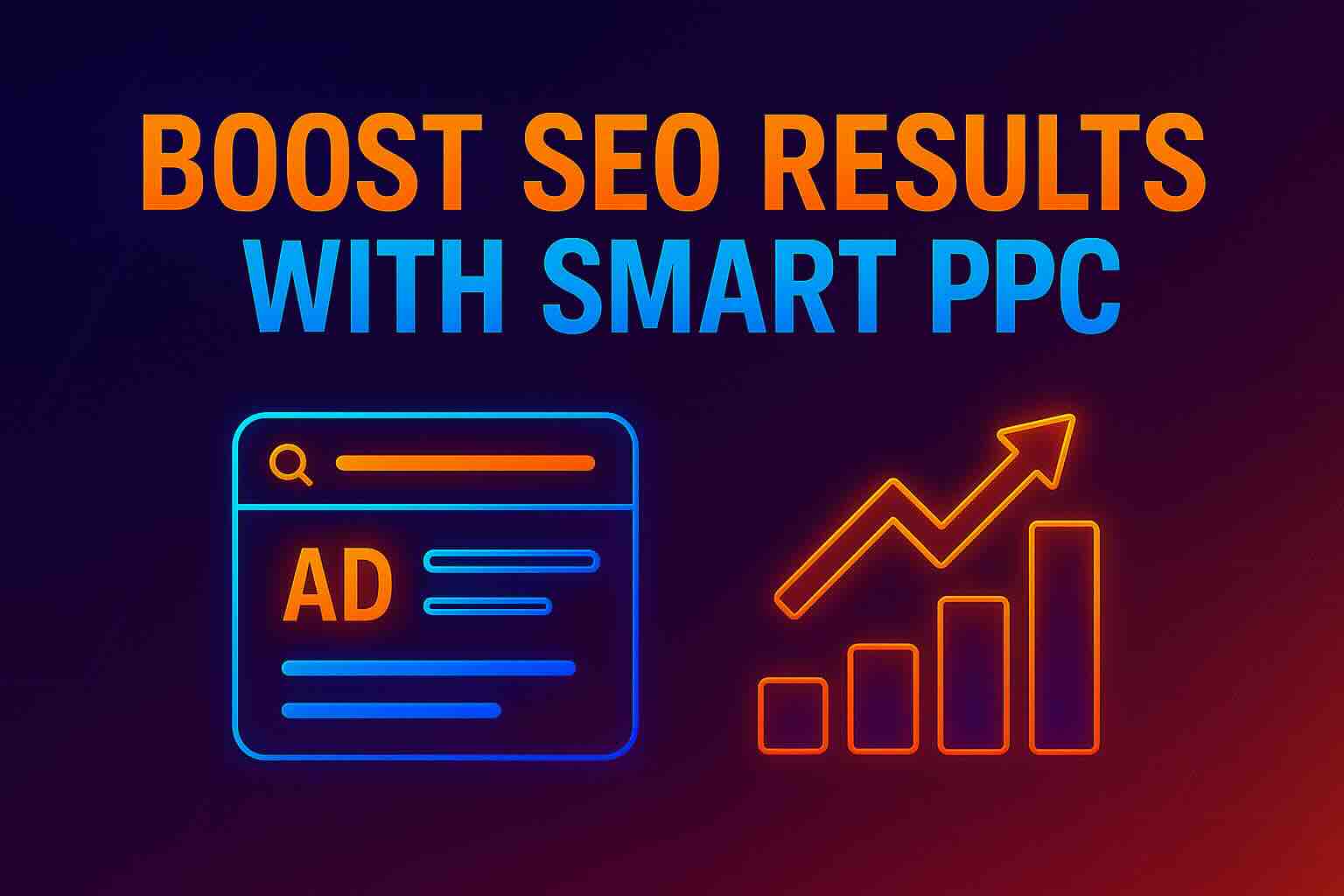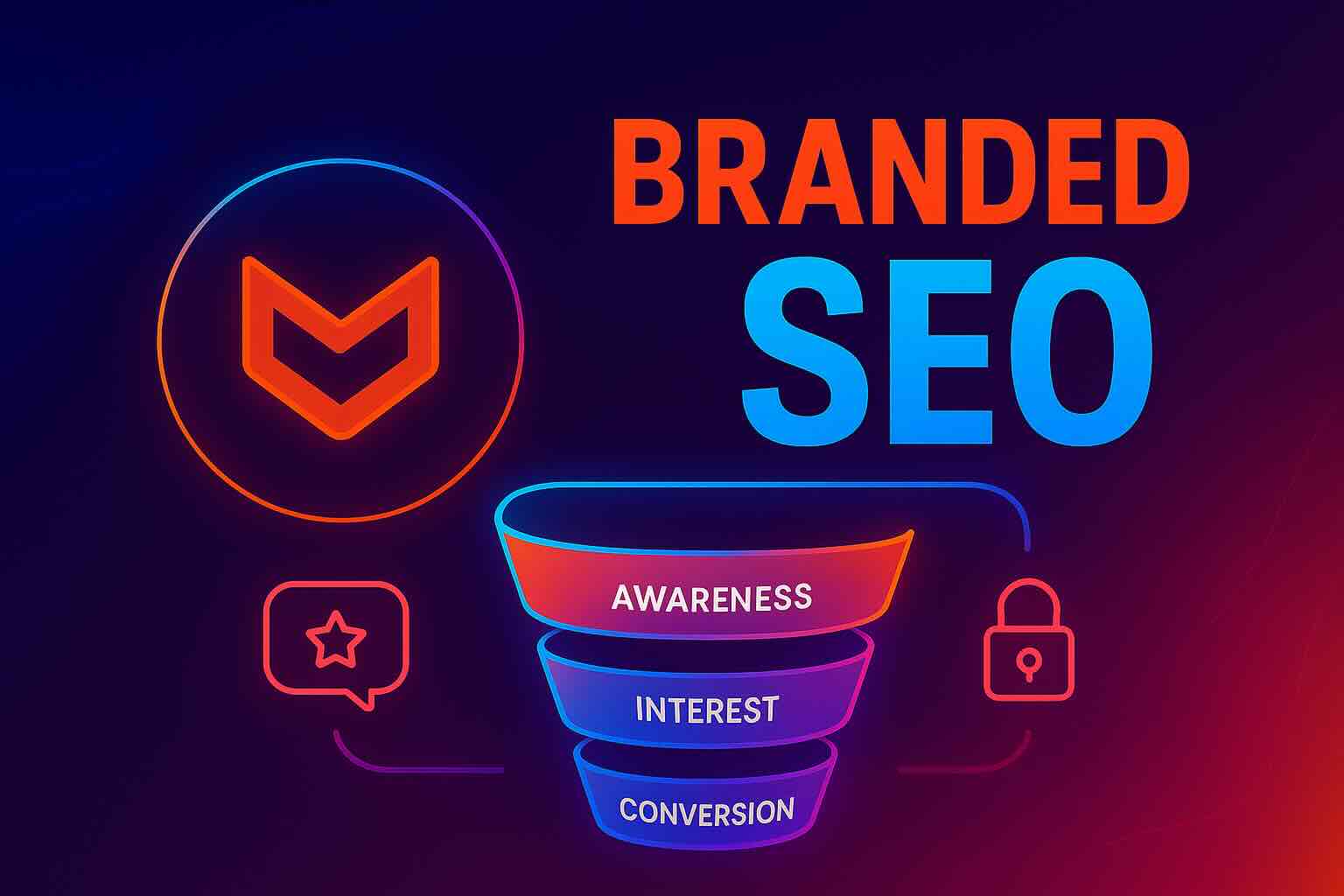If Your Site Is Slow, You’re Burning Budget: Why Tech Simplicity and Speed Beat Flashy Stack Bloat
You can have the biggest PPC budget on the planet—but if your site loads like it’s stuck in 2004, you’re setting fire to your own strategy. Here’s why a lean, fast foundation matters more than fancy tech—and how to fix your setup before you scale.
1. Solid Tech Foundations: The Cost of Ignoring the Basics
If your site isn’t fast, you’re burning your budget. A bad foundation doesn’t just slow things down—it stops you from scaling. Doesn’t matter how good your offer is. If people don’t stick around long enough to see it, it’s dead on arrival.
Even with six-figure monthly ad spend, a 3+ second load time can tank your conversion rates. Speed is the first impression. And online, impressions are everything.
2. Simple > Complex: Why Less Tech Is Often Better Tech
More tech isn’t better tech. Some of the highest-converting pages in PPC history are just clean, well-built HTML. No bloated frameworks. No over-engineered CMS. Just fast, purpose-built pages designed to convert.
Simplicity loads faster, breaks less, and is easier to optimize. Your landing page doesn’t need to look like a SaaS dashboard—it needs to get to the point, fast.
3. The Data: Every Millisecond Hurts
- A 1-second delay in page load can drop conversions by 7%.
- At 3 seconds, bounce rates go over 30%.
- Beyond 5 seconds, you’re losing over half your traffic.
Even a 100ms delay can mean a 1% drop in conversions. And with CPCs constantly rising, every wasted visit costs more than ever.
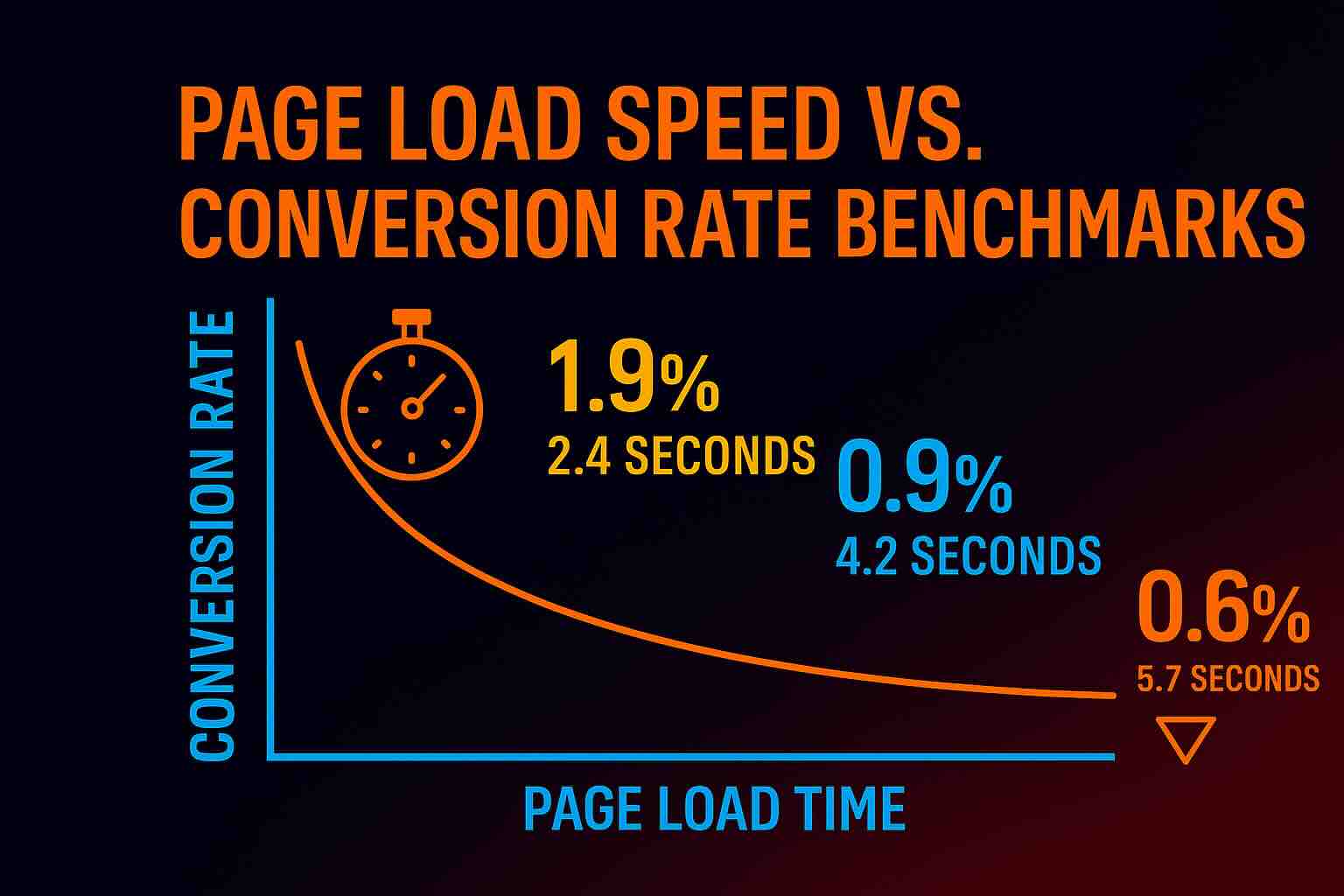
4. PPC: Separate, Fast, Focused
That’s why it’s smart to keep PPC landing pages separate from your main site—especially if your core product is a big, dynamic SaaS app or eCommerce stack. Build lean, hosted landing pages: minimal code, optimized images, and zero distractions.
5. SEO: Even Google Hates Slow
Google ranks sites based on Core Web Vitals—and if you fail those, your organic visibility tanks. You can’t “out-keyword” a slow, bloated site. No amount of content fixes bad performance.
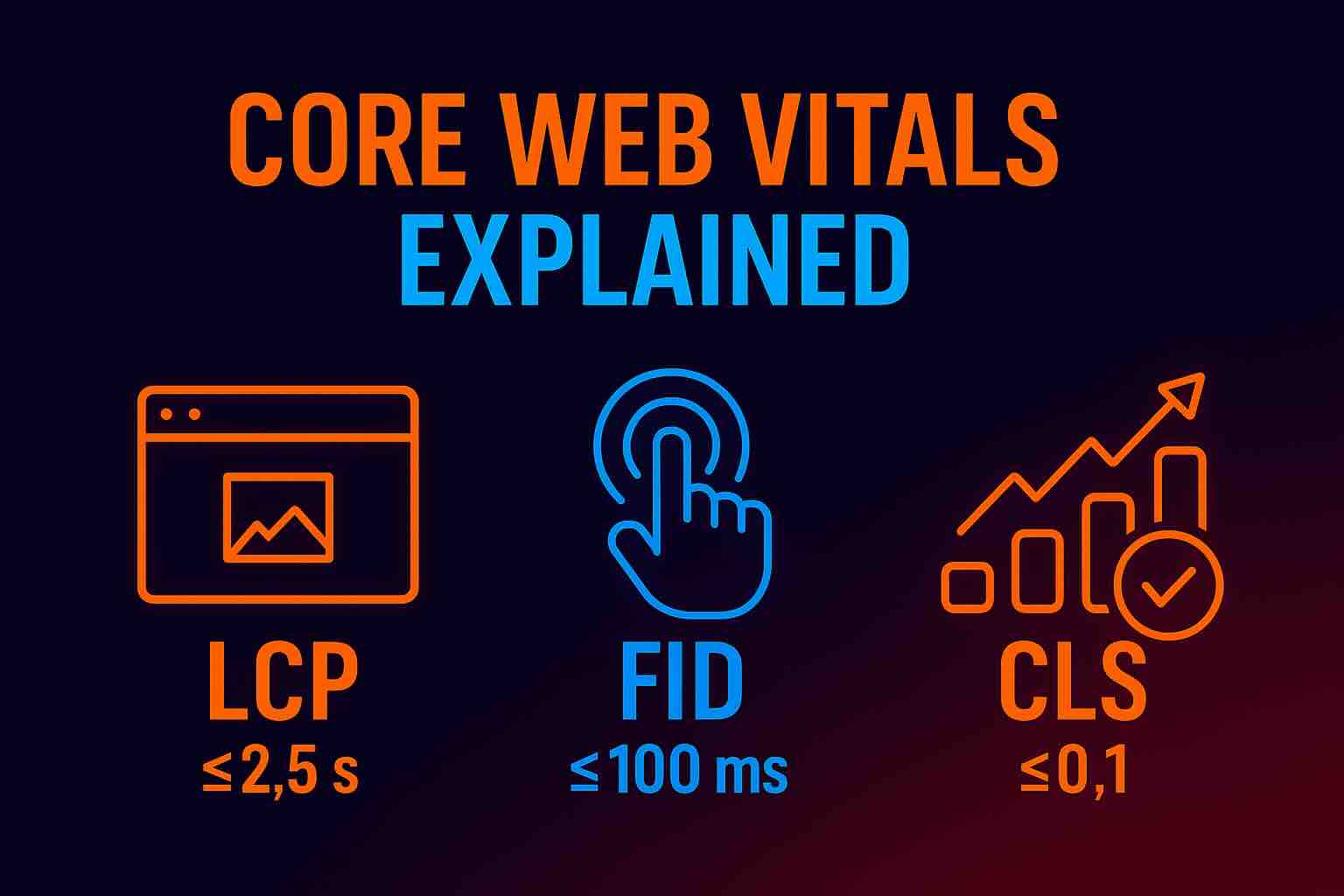
so
6. Tools to Audit and Fix It
- Google PageSpeed Insights: Real-world performance data.
- GTmetrix: Waterfall loading breakdown.
- WebPageTest: Cross-browser/location diagnostics.
- Pingdom Tools: Beginner-friendly performance snapshots.
Cut the fat—reduce JavaScript, compress images, clean up your code.
7. Final Word: Fix the Foundation First
Marketing success starts with infrastructure. Don’t scale traffic until you’ve optimized the machine it runs on. Build for speed. Keep it simple. Make sure every click lands on a page that’s built to convert.
Why Your Sales Funnel Breaks When You Treat the Home Page Like a Landing Page
Most websites look great. They just don’t sell. Here’s why sending paid traffic to your homepage is tanking your funnel—and…
Reading Time: 5 min
How Smart PPC Strategies Can Supercharge Your SEO Performance
[anchor id=1] Introduction: The False Wall Between PPC and SEO Too many marketers treat PPC and SEO as two separate…
Reading Time: 5 min
Branded SEO: The Fastest Way to Convert and the Easiest to Ignore
[anchor id=1] Why Branded SEO Is Your Lowest-Hanging Fruit Traditional SEO is a battlefield, with countless websites vying for the…
Reading Time: 4 min
